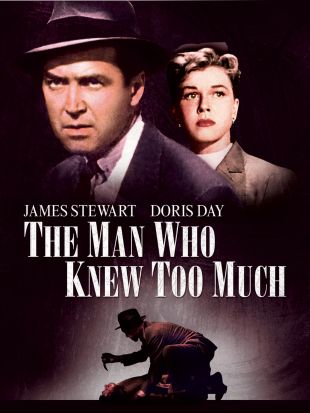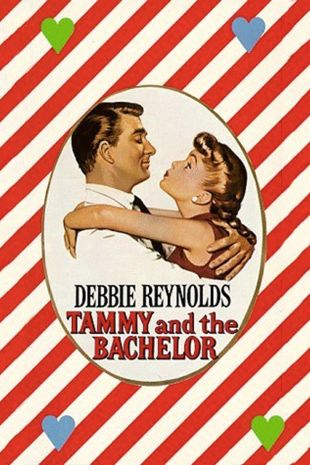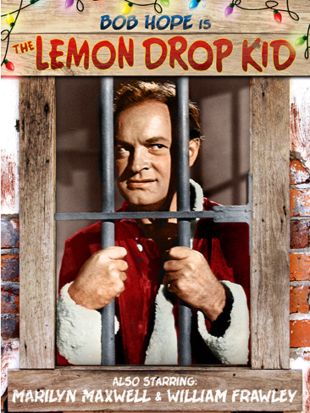Composer/songwriter Jay Livingston was educated at the University of Pennsylvania, where he organized an orchestra and played in a touring band. One of his bandmates was another composer, Ray Evans, with whom Livingston later formed a profitable partnership. Livingston entered films at Paramount in 1939, earning an Academy Award nomination for his scoring of The Cat and the Canary. After a brief stay at Columbia, Livingston returned to Paramount in the company of his old friend Ray Evans. Livingston and Evans turned out songs and incidental music for such films as Golden Earrings (1947) Sorrowful Jones (1949), Fancy Pants (1950), and Here Comes the Groom (1952). Their biggest hit during this period was the theme song from 1946's To Each His Own. The team won Oscars for "Buttons and Bows" (from Bob Hope's The Paleface [1948]), "Mona Lisa" (from Captain Carey USA [1951]) and "Que Sera Sera" (from Hitchcock's The Man Who Knew Too Much). They were also nominated for "Silver Bells," written for the 1951 Bob Hope comedy The Lemon Drop Kid (1951), and for "Tammy," the theme song from the 1957 Debbie Reynolds film Tammy and the Bachelor. In 1949, Jay and Ray appeared onscreen in Sunset Boulevard, performing their own composition "The Paramount Don't Want Me Blues;" unfortunately, virtually the entire song was excised from the final release print, reducing the songwriters to atmosphere extras. The team switched their base of operations to TV in the late '50s, writing the theme music for programs as varied as Bonanza, Mister Ed and the Beetle Bailey cartoons; they also composed the original songs for the 1959 TV special No Man Can Take Me. On Broadway, Jay Livingston and Ray Evans were represented by two musical comedies, the best and most popular of which was 1958's Oh Captain, based on the Alec Guinness film The Captain's Paradise.
Jay Livingston
Share on


